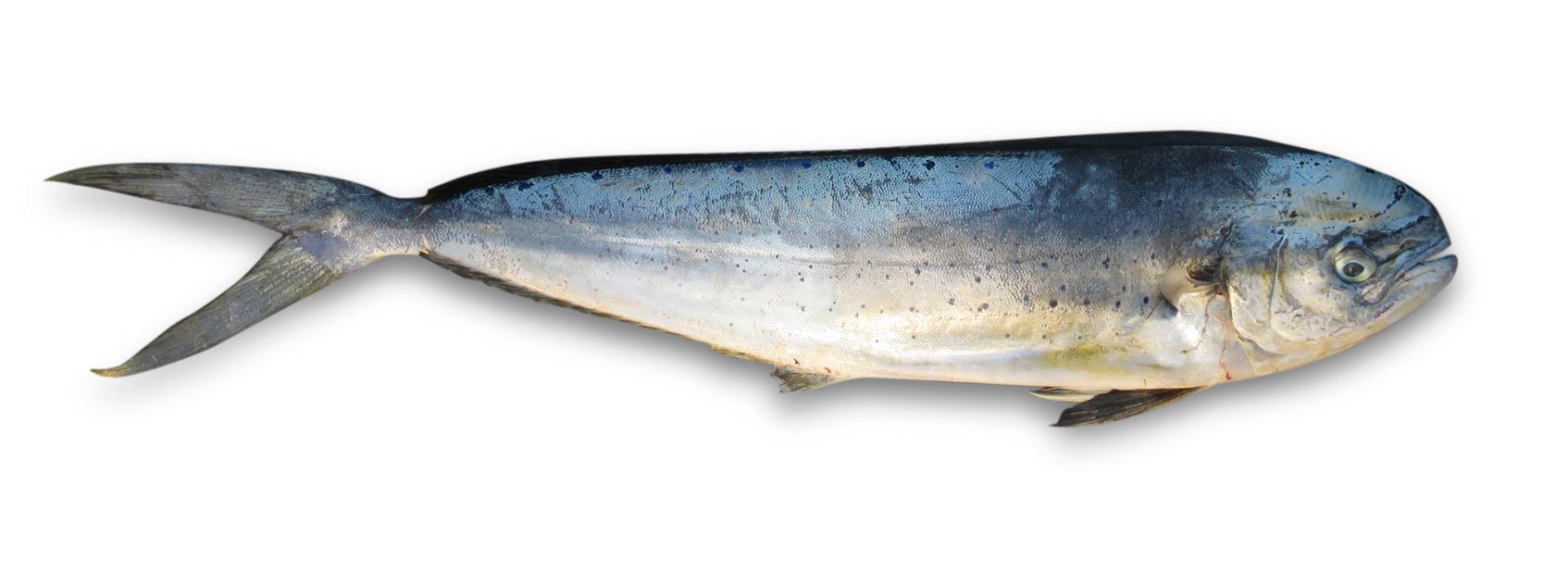
It is a highly migratory species and is caught through various fishing techniques such as longlines, purse seines and recreational fishing vessels. Globally, it is known to be one of the most important species in artisanal fisheries.
In the Mediterranean, this species is often caught using fish aggregating devices (FADS), trolling line and sport fishing. In Malta, the FADs are usually assembled with palm fronds which are woven into rafts and placed out at sea. The fish seek shade under the rafts and are caught with nets - this is a traditional fishing method.
In Malta, the Lampuki season is usually open from August through to December as this is when the fish are migrating through local waters.
This fish is commonly referred to by its Hawaiian name Mahi-Mahi and Dorado in other parts of the world. It is said to be one of the most beautiful fish with golden, metallic blue and green colours.
Its forked tail allows it to propel at speeds of 65 kilometres per hour.
Females have a rounded head compared to the male’s high and steeped forehead.
This species is found widespread in tropical and sub-tropical waters from the Atlantic, Indian to Pacific Ocean.
In Malta, this fish is popularly caught by sustainable and artisanal fisheries. This fish also reaches sexual maturity within 3 – 5 months, this fast paced breeding cycle keeps the population levels steady. fish for tomorrow therefore recommends this species but advises a minimum length of 40cm.